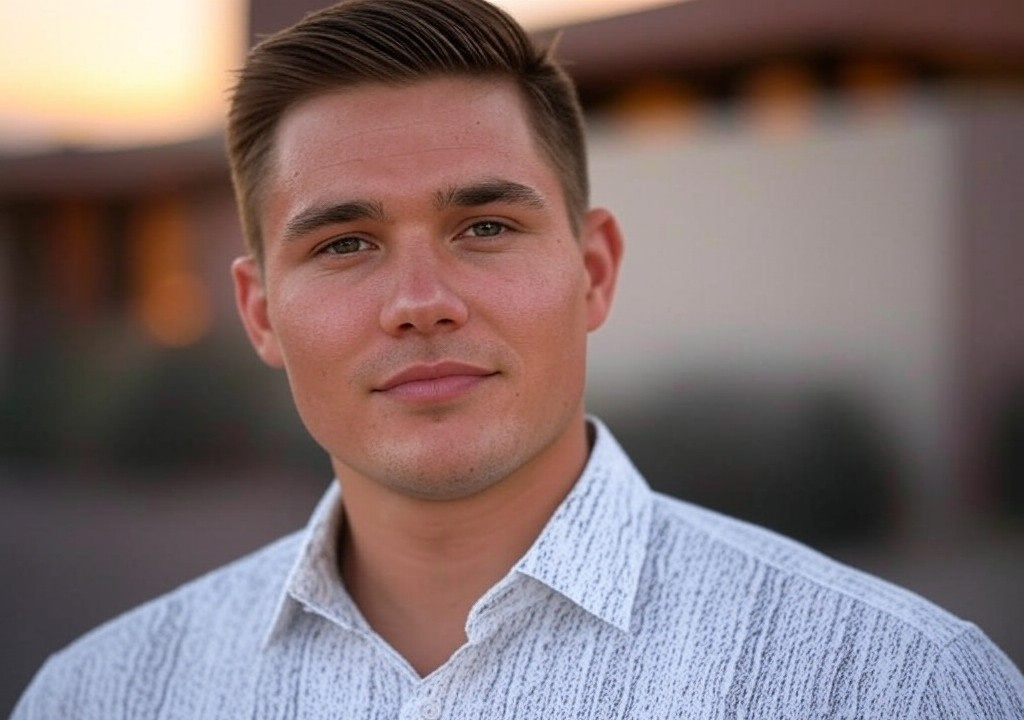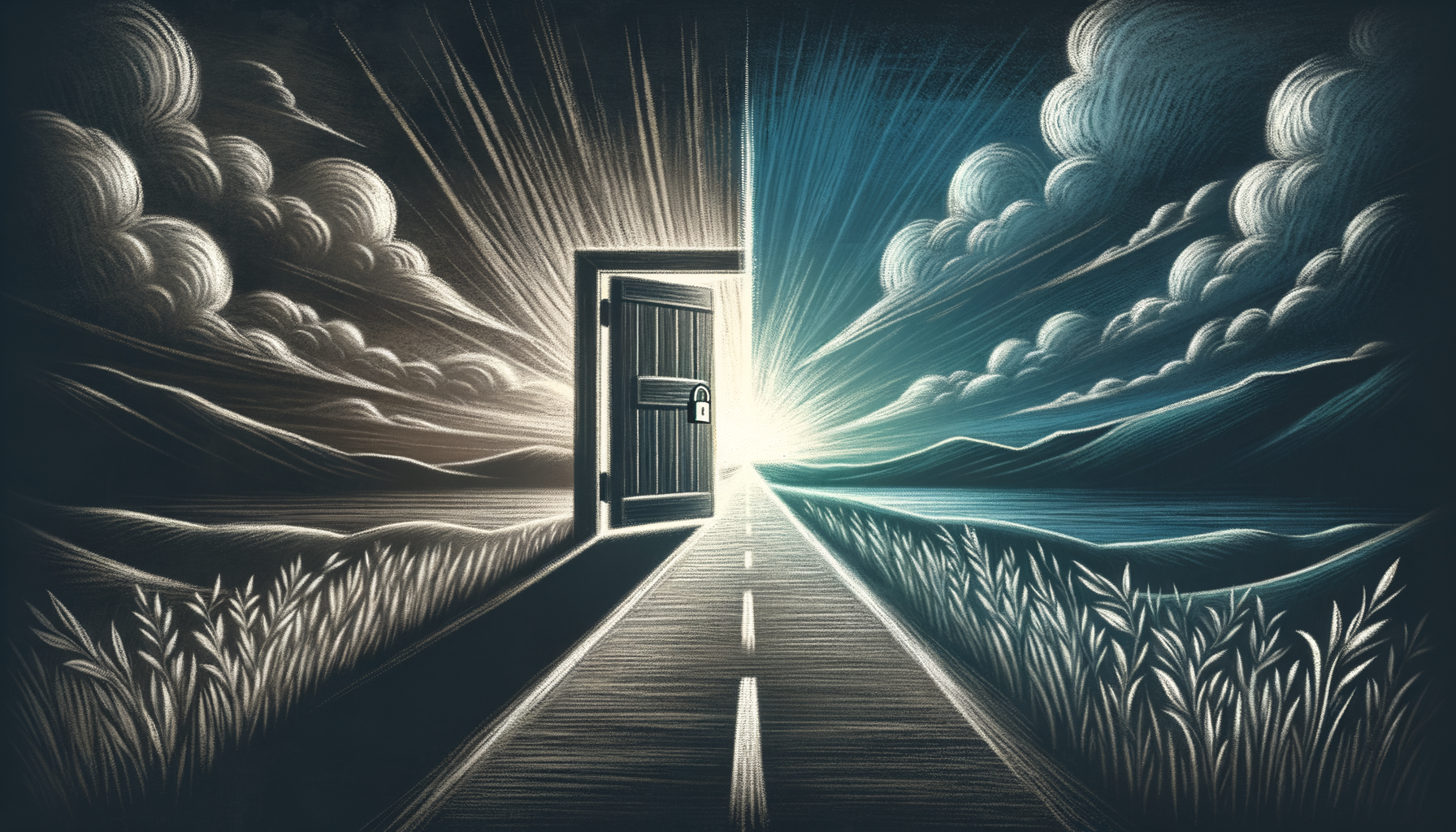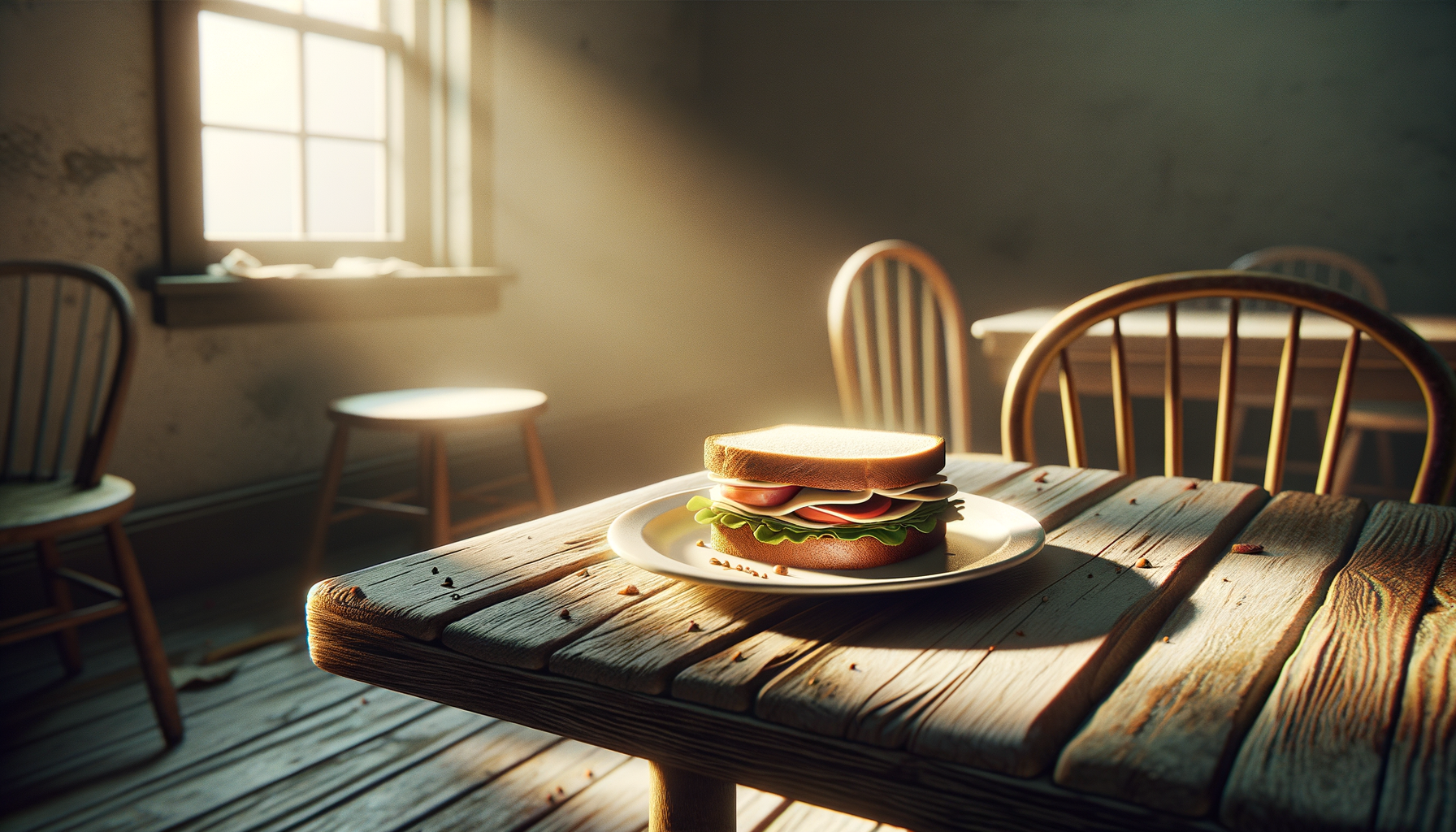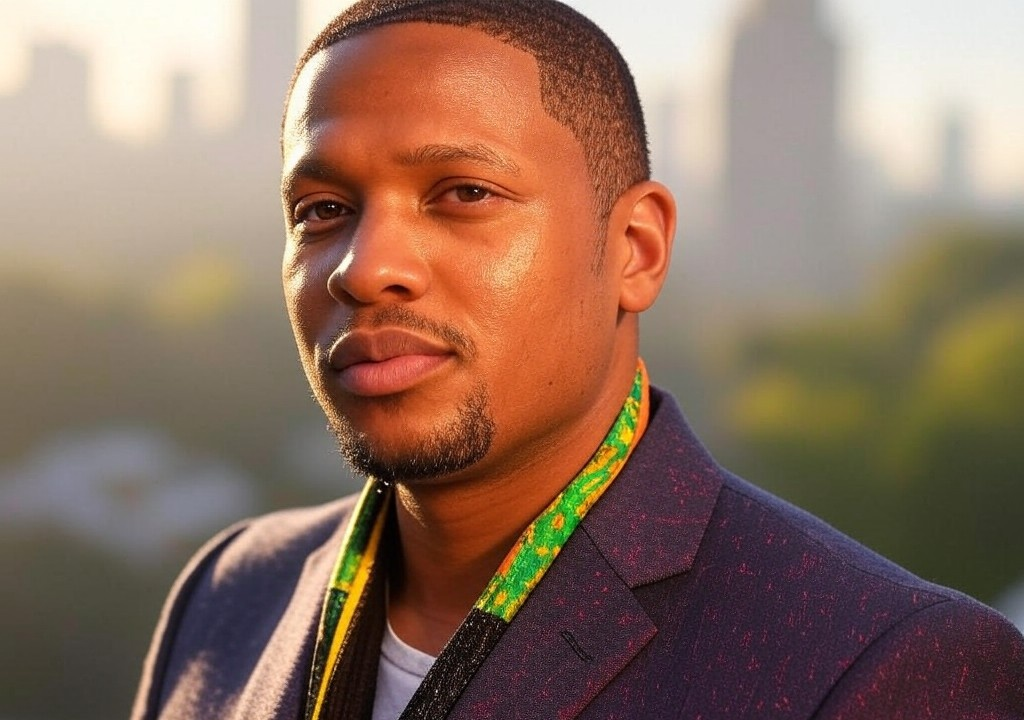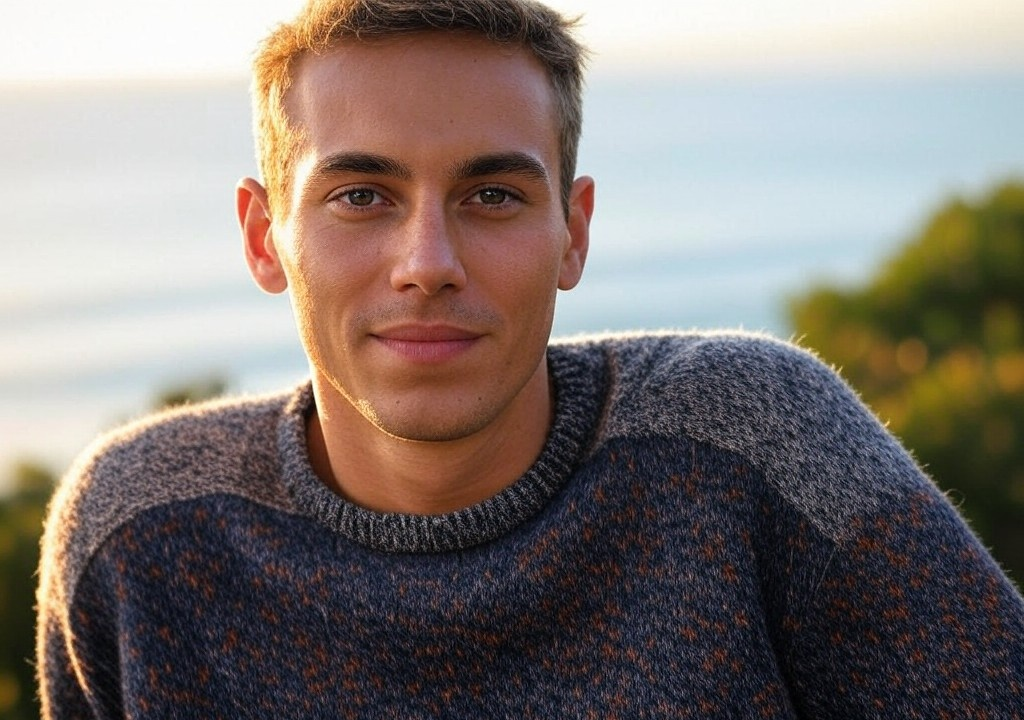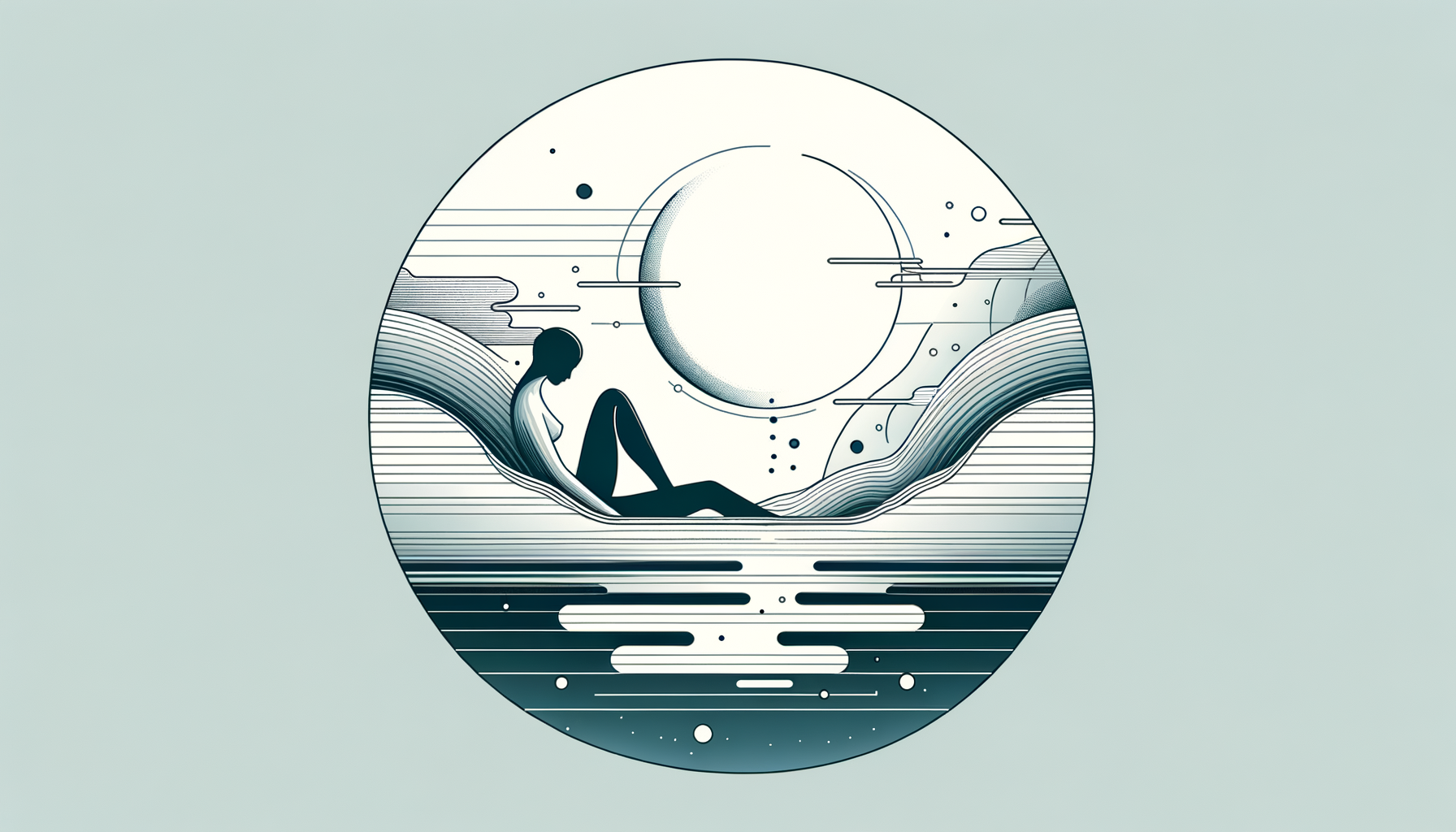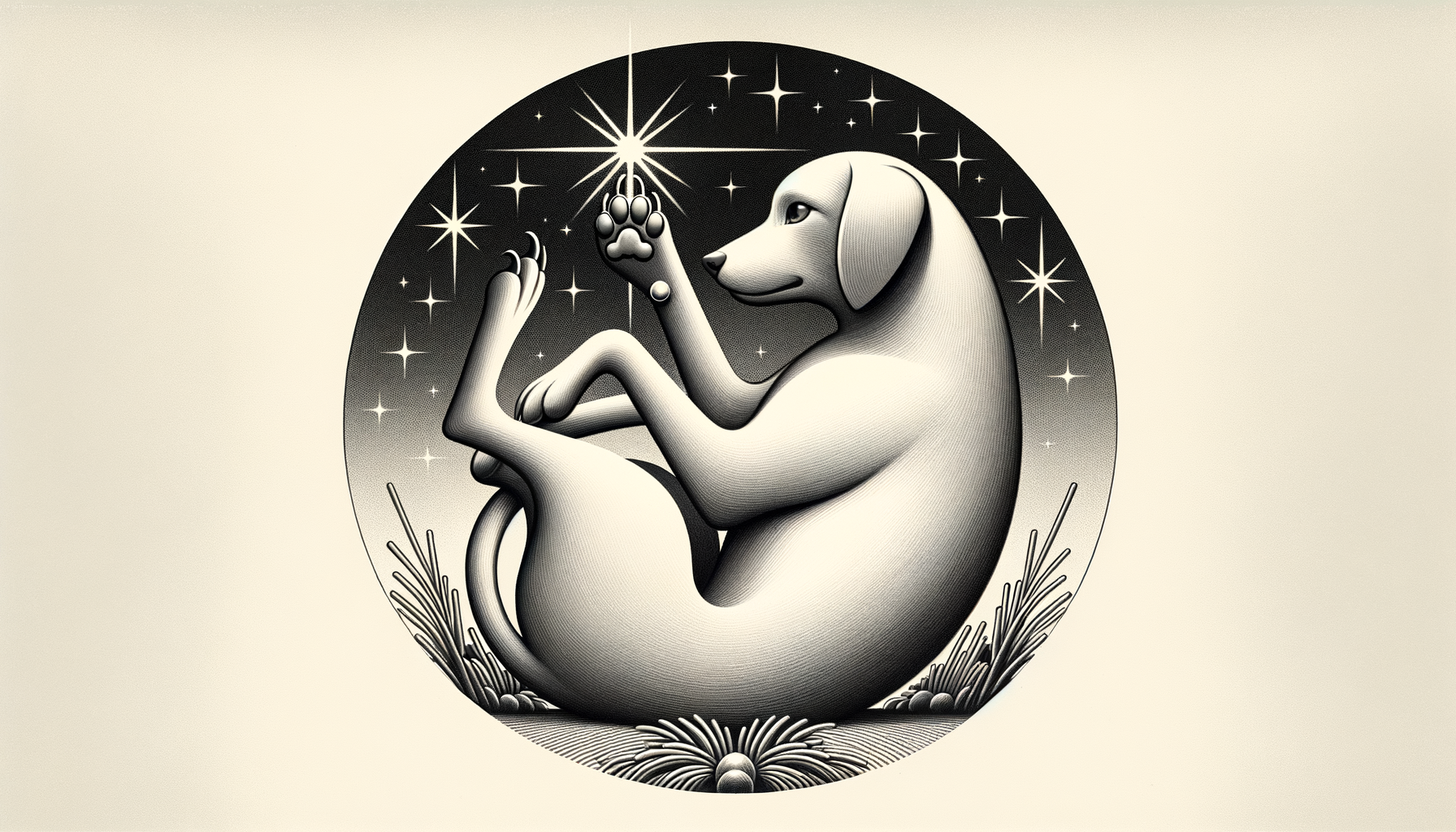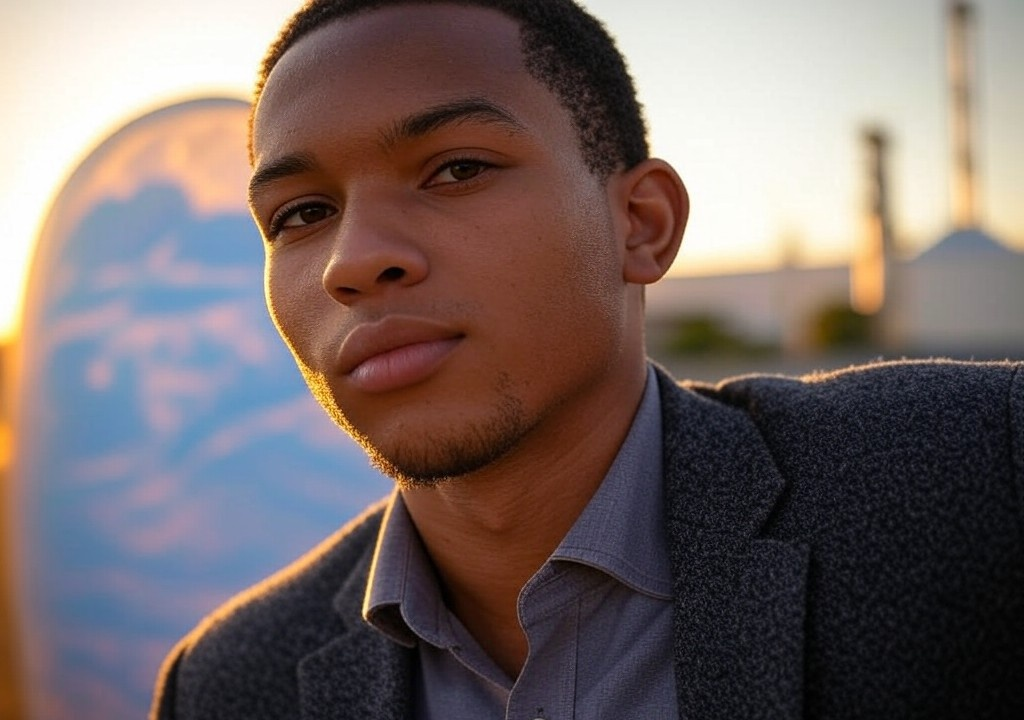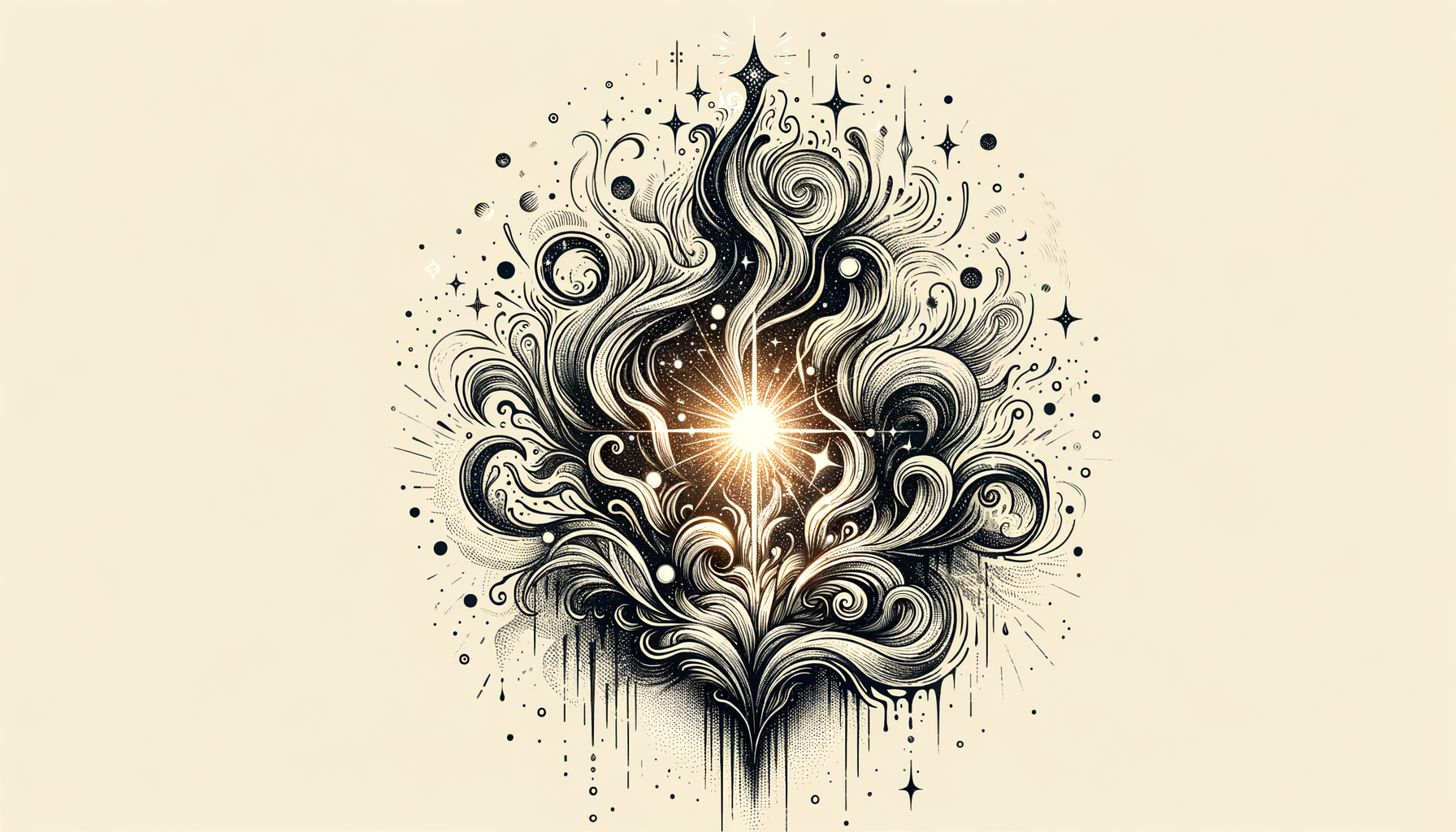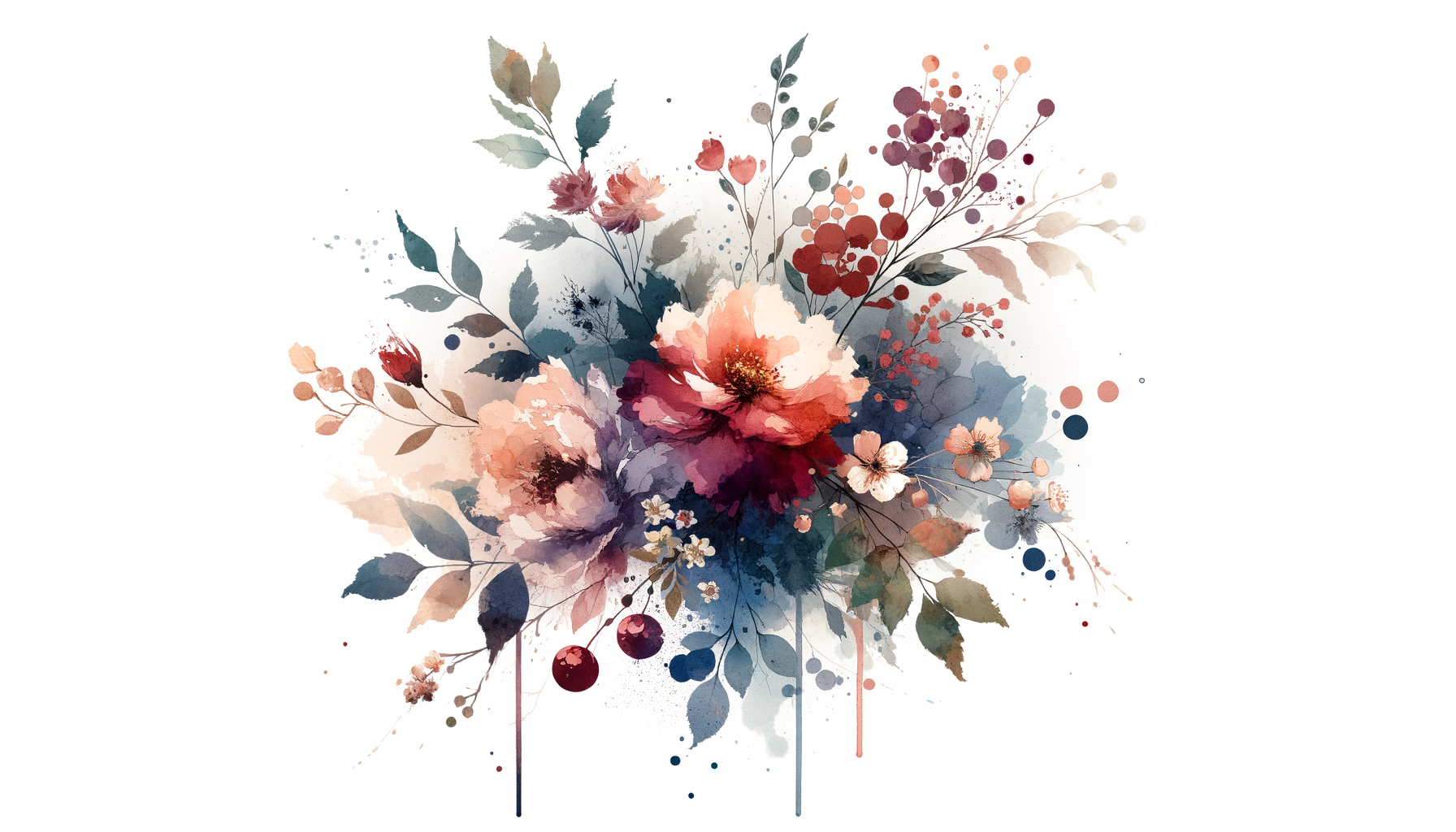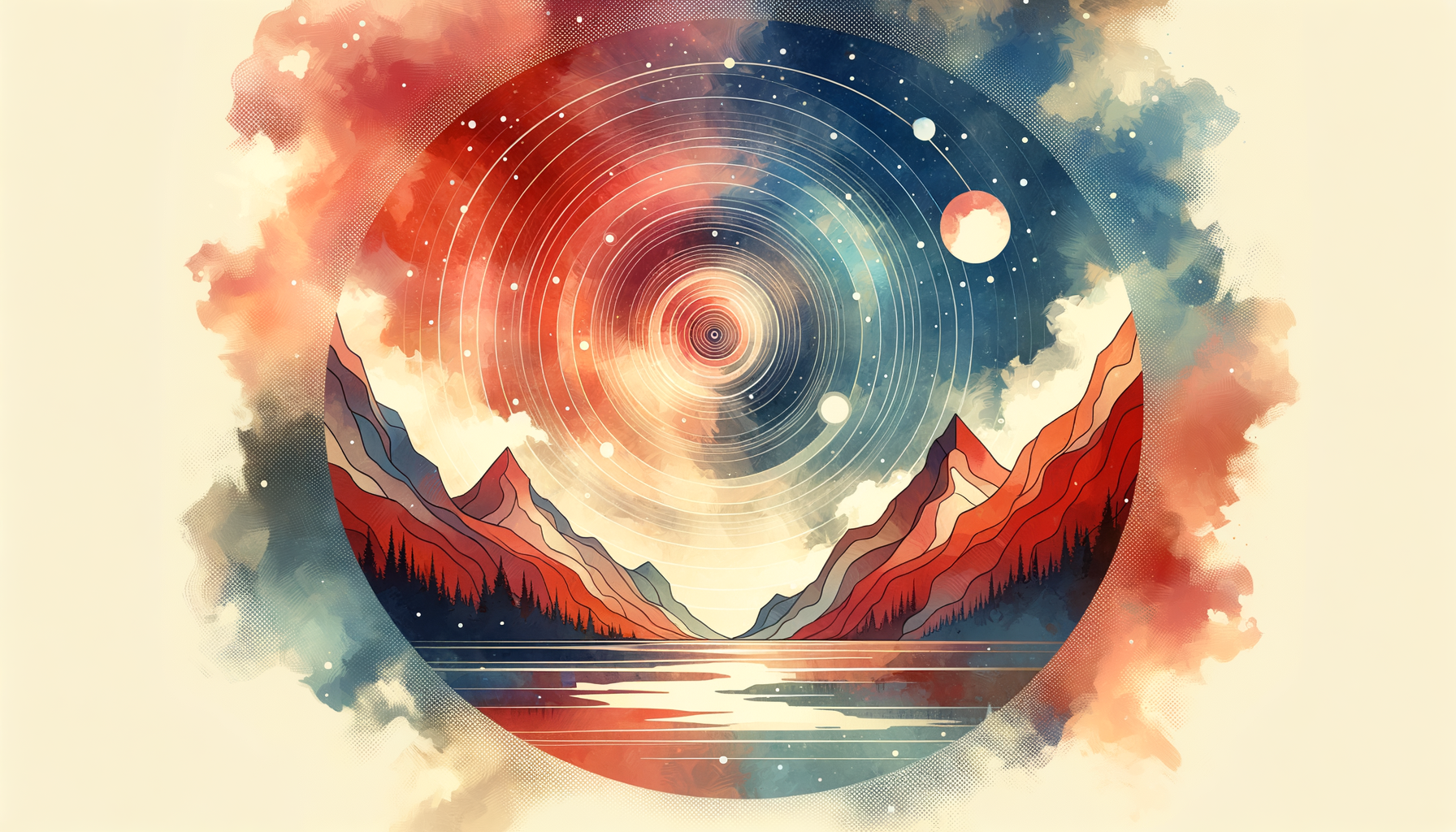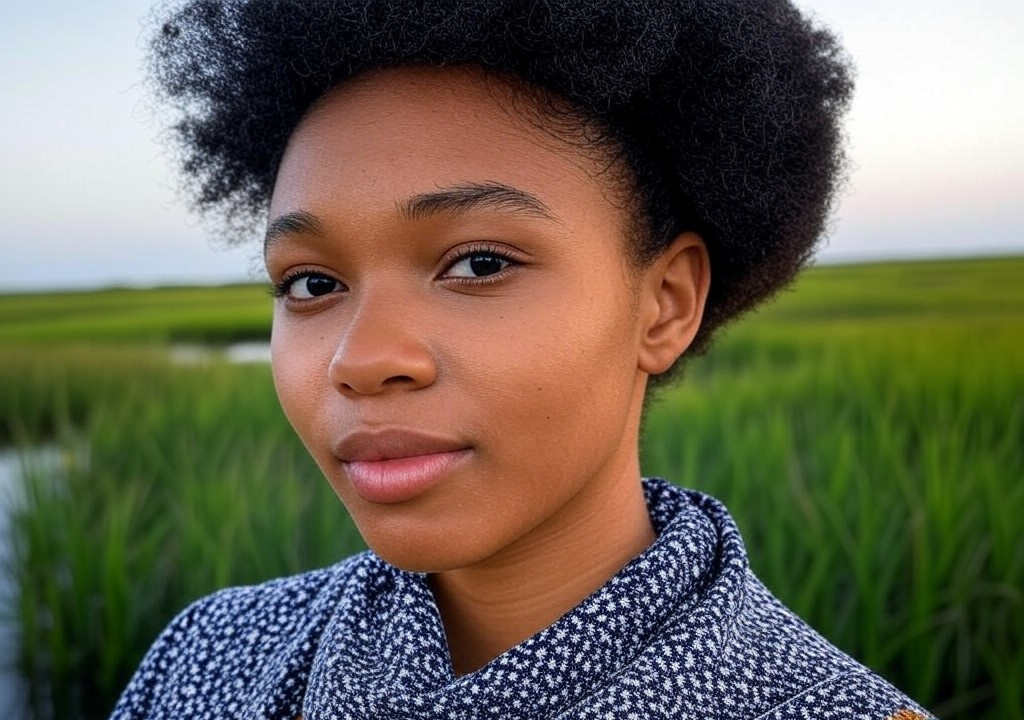I once spent thirty minutes locked in a bathroom at a resort. Not because of faulty plumbing or a spider (though both might’ve been easier to explain). Nope, I was terrified. Heart-pounding, palms-sweaty kind of terrified. The cause? A date was waiting for me outside.
Not just any date—the date. A match made by our friends who billed her as “someone you can totally see a future with.” For a guy who grew up learning how to strike business deals before a 9-hole game of golf, you’d think I’d have confidence down. But when it came to deep human connection? I was a mess.
Turns out, after years of skirting emotional risk by focusing on work and personal achievements, my biggest fear wasn’t heights or snakes (despite plenty of those growing up in Scottsdale). My kryptonite was vulnerability—a fear so ingrained that it would’ve made even a desert rattlesnake seem like a warm hug. This is the story of how I faced that fear, what I learned, and how it applies to anyone trying to better themselves in life—and love.
The Root of the Fear: Scottsdale Conditioning
Growing up in a pristine, picture-perfect gated community where the desert sunsets felt curated by an Instagram filter, there was an unspoken expectation that things should look polished both inside and out. Success was defined by measurable achievements—school, sports, work—and emotions were…well, not exactly part of the curriculum.
You didn’t overshare. You didn’t put yourself out there unless you knew the payoff would be worth the risk. Vulnerability? That was for lesser mortals who didn’t have five-year plans or weekends booked with golf caddies. My parents were loving and supportive, but they modeled emotional self-reliance to a fault.
The effect? Vulnerability became this foreign, feared thing. If I opened up and someone rejected me? Disaster. If I really liked someone and they brushed me off? My world would surely implode. So rather than encountering those possibilities, I avoided the emotional scar tissue altogether.
Spoiler alert: That doesn’t translate well to relationships. You can only "network your way" into a connection for so long before you realize relationships demand messy honesty—not emoticon-laden perfection.
Facing the Fear…in the Worst Way Possible
Back to that bathroom meltdown. I’d met Emily at a group get-together weeks earlier, where I spent the entire evening deflecting questions that might’ve had an emotional answer. “Tell me about your childhood” turned into a polished highlight reel. "What do you really want in life?" = Cue vague motivational jargon I could’ve lifted straight from a TED Talk.
But when our mutual friends suggested dinner, I knew this was my moment. If I bailed on this woman, who was sweet, genuine, and refreshingly real, I wasn’t just dodging her—I was dodging the part of me that yearned to figure out how to connect.
And so, there I was, hyperventilating in the resort’s spotless bathroom, as if the Scottsdale air wasn’t already dry enough. My internal monologue read like a bad rom-com script: What if she asks about my past? What if I blank? What if she sees through my polished answers and realizes I don’t have it all together?
It’s amazing, by the way, the depth of nonsense your brain can conjure up when it’s trying to avoid vulnerability. Eventually, though, I took one of those huge mirror-staring breaths (you know the one—you’ve seen it in every sports movie before the big game). I reminded myself that fear is just excitement in disguise…and went back to the table.
What Happened Next: Owning the Mess
Spoiler alert: I didn’t die. Emily didn’t judge me. In fact, when I decided to lean into the nerves and just admit them—“Sorry, I tend to overthink, and this date made me nervous”—her smile almost melted off my fear faster than a Sonoran summer sun melts asphalt.
Instead of derailing the evening, my honesty made things smoother. Funny how that works. When someone sees you’re human, they stop expecting you to be perfect. And when you stop expecting that of yourself, conversation finds a flow. Real connection gets to happen.
We talked about our lives—messy, triumph-filled, utterly beautiful-in-progress lives. My answers weren’t polished sound bites, and hers weren’t, either. It turned out we both had irrational fears: mine was honesty, hers was cowboy boots. A good reminder that everyone’s got their desert to conquer.
Lessons Learned: How to Face (and Conquer) Your Vulnerability
Here’s the thing about fears like mine: most don’t come with a flashing neon sign. They aren’t the obvious kind of fears (like diving off a high board into cold water). They can sneak past you in the form of hesitation, avoidance, and excuses that sound totally reasonable. Fear of vulnerability? That’s the Olympic-level gymnast of stealth fears. It disguises itself as keeping it cool, having boundaries, or just “not being in the mood to date.”
So, if you're reading this, here are three lessons I learned about facing your fears—dating-related or otherwise—without needing to have a bathroom meltdown along the way:
-
Spot the Fear for What It Is.
Fear thrives in the shadows. Take a good look at what’s making you anxious. Is it really the date, or is it what the date represents? For me, it wasn’t about impressing Emily; it was about confronting the emotional stuff I’d avoided for years. Fear loses half its power when you name it. -
Get Comfortable with Being a Mess.
You’re allowed to be awkward, nervous, even hilariously bad at something the first time. Vulnerability isn’t a performance—it’s handing someone your metaphorical cactus and saying, “Careful, it’s prickly, but it’s mine.” Give yourself permission to not nail it on the first try. -
Practice Makes…Slightly Less Awkward.
Vulnerability is a muscle. You don’t just flip a switch and suddenly become someone who has life-changing, open conversations. Take small steps. Start by sharing a tiny truth with someone you trust—a fear, a hope, something you’ve been keeping bottled. The more you flex that muscle, the stronger it gets.
The Desert Taught Me This
In Scottsdale, patience is a virtue the landscape teaches you. Change happens slowly under the hot sun; plants stretch roots down before they grow up. You learn to show up daily—adjust to the seasons, endure the storms, and trust the process of growth, even if it doesn’t come on your timeline.
The same is true for connection. Facing my fear of vulnerability wasn’t a one-and-done thing. It’s been a series of slow steps I’ve taken every day since. Emily and I didn’t end up together, by the way. But our date cracked something open in me—a willingness to be seen, to ask for what I want, and to risk someone seeing my scars.
And if you ask me? That feels braver than anything I could’ve done in the boardroom or the Sonoran wild. Give yourself that permission too—whatever your fear may be. Because the only thing worse than failure…is never showing up to try.

